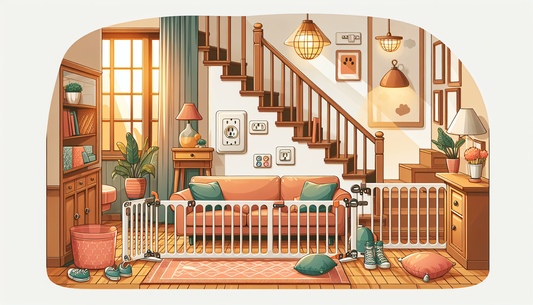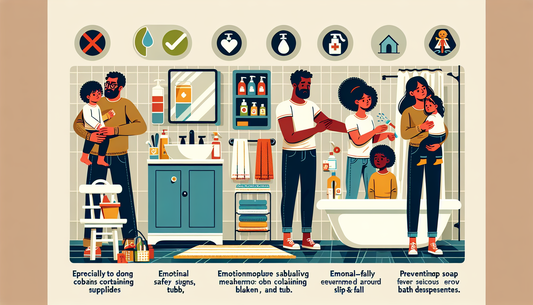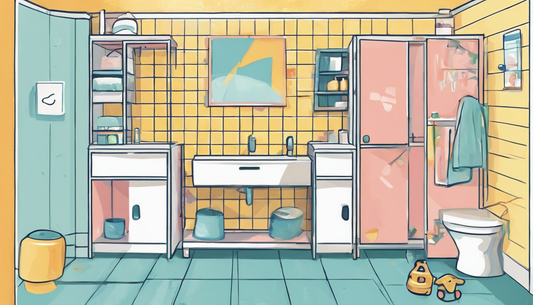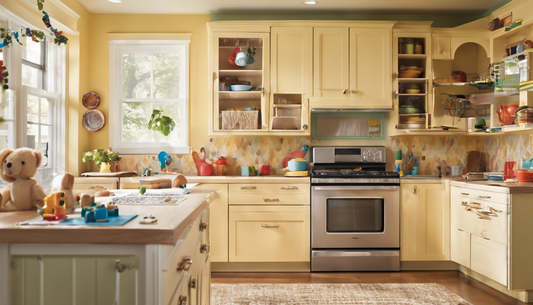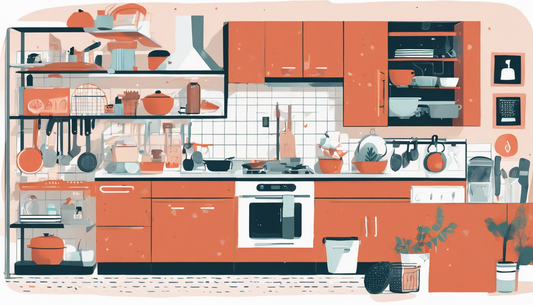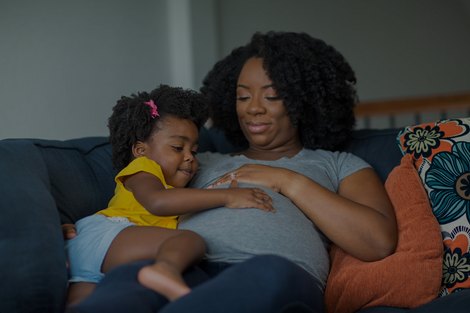Choose the Right Area
When you're setting up an at-home play space, start by choosing a suitable area. It should be a space where children can play freely without the risk of injury. Avoid areas near stairs, high-traffic doorways, or places with sharp edges. A corner of a room or a designated section of the living room or toddler's bedroom could work well.
Soft Flooring Is Key
Hardwood floors or tiles are not the most forgiving surfaces for the inevitable tumbles that come with playtime. Consider installing soft flooring like foam tiles or wall-to-wall carpeting to cushion falls and provide some insulation against noise. Also, make sure the flooring is slip-resistant to keep those little feet stable while they explore.
Secure Furniture and Electronics
Children are naturally curious and may climb on furniture or pull on items causing them to tip over. To prevent accidents, it's vital to anchor heavy furniture like bookshelves and dressers. Electronics such as TVs should also be secured. TipNot offers an easy solution that doesn't require tools for installation and is rated highly by parents on Amazon for its reliability and ease of use. Secure your furniture today to protect your valuables and, more importantly, childproof your home from tipping hazards.
Organize with Accessible Storage
Ample storage space that's accessible to children encourages them to take part in cleaning up after playtime. Use shelves that are at the child's height and equip them with bins that are easy to take out and put back. Clearly label bins with pictures or words to promote organization and independence.
Keep It Clutter-Free
A clutter-free space is not only more appealing but also safer for play. Regularly rotate toys to keep the selection fresh and manageable. Fewer toys mean less mess and fewer tripping hazards. Plus, it gives children a chance to really engage with each toy.
Check for Hazards
It's a good practice to regularly check the play area for potential hazards. This includes inspecting toys for broken parts, securing cords and wires out of reach, covering electrical outlets, and ensuring that the play space is free of small items that could pose a choking hazard.
Design with Your Child in Mind
Ultimately, a play space should be tailored to your child's interests and developmental stage. Incorporate elements that will stimulate their imagination and learning. This could be as simple as including a variety of books, puzzles, building blocks, or art supplies within easy reach.
Incorporating these safety measures and design ideas will help create a play space where your child can explore and grow without unnecessary risk. Using TipNot furniture anchors is a smart addition to your safety checklist. Easy to install and effective in preventing furniture tip-overs, TipNot can provide peace of mind knowing that your little ones are playing in an environment that's been secured with their safety in mind. Make sure to visit our website TipNot.com for more information and tips on how to create a fun and safe play space for your family.




